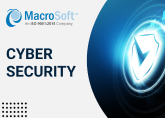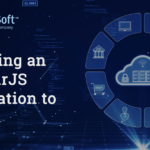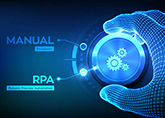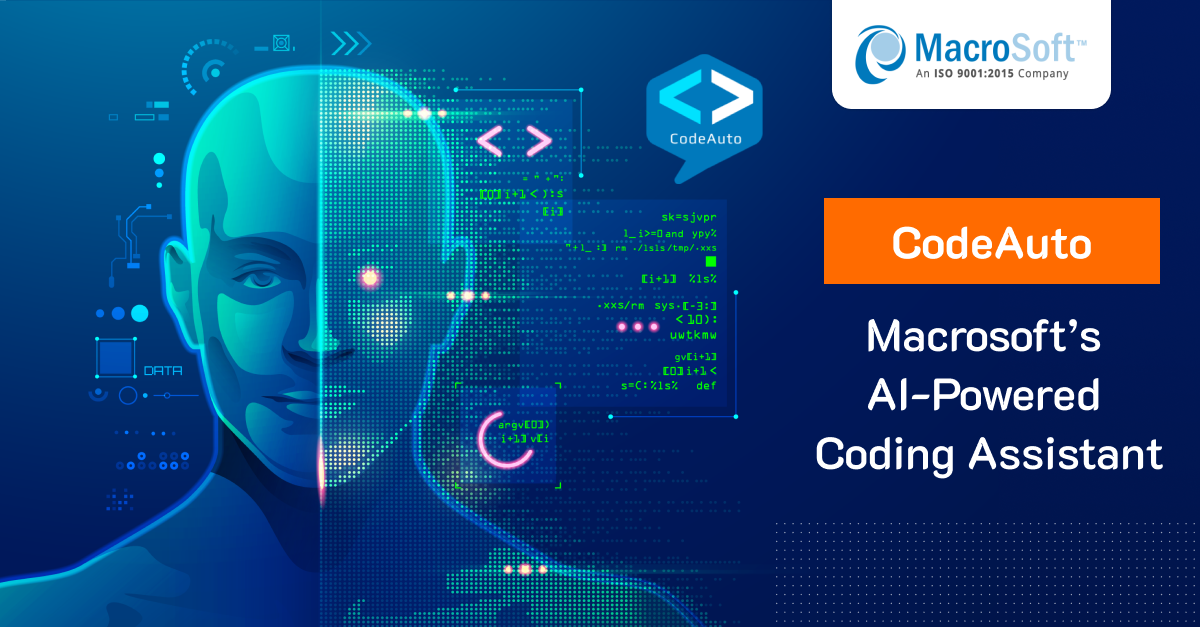

Data is the lifeblood of operations, influencing every strategic decision and customer interaction. With organizations generating massive amounts of data, safeguarding it has become more crucial than ever. Salesforce, as a leader in customer relationship management (CRM), offers a variety of tools to help businesses protect their data. However, understanding the essentials of Salesforce data protection requires more than a basic overview. This blog explores key elements to consider when evaluating and improving your Salesforce data protection strategy.
Why Data Protection Matters
The world is shifting toward cloud-based platforms, making data protection a top priority for businesses. A 2024 report from Salesforce News revealed that 81% of IT leaders cite data silos as significant barriers to digital transformation, underscoring the importance of integrating secure data management practices across departments and systems.
Beyond operational concerns, protecting sensitive data helps avoid severe legal repercussions. With stringent data privacy regulations like the General Data Protection Regulation (GDPR) in Europe and the California Consumer Privacy Act (CCPA) in the U.S., failure to secure data can lead to heavy fines and damage to an organization’s reputation.
Given this landscape, a robust Salesforce data protection plan is no longer optional—it’s a must. Below are the core areas to focus on to keep your Salesforce environment secure.
1. Data Encryption
Encryption is the cornerstone of any strong data security strategy. It ensures that unauthorized individuals cannot access or decipher data, even if they get hold of it. Salesforce offers both in-transit and at-rest encryption, meaning your data is encrypted while it’s being transmitted over networks and when it’s stored in databases.
Salesforce Shield’s Platform Encryption is a specialized tool for safeguarding sensitive data. Unlike standard encryption, it uses an advanced encryption key management system, allowing businesses to maintain control over their encryption keys. According to a Gartner report, only 70% of organizations have implemented comprehensive encryption strategies, leaving a significant gap in protection that can be mitigated with Salesforce’s encryption capabilities.
Organizations should ensure they’re using encryption for not just communication and storage but also backups and archiving. Encrypting backup data provides an additional layer of protection, particularly in the event of breaches or accidental data loss.
2. Role-Based Access Control (RBAC)
In Salesforce, role-based access control (RBAC) is vital for managing who can view, edit, or delete data within the system. With robust RBAC features, organizations can assign specific permissions to users based on their roles within the company.
This approach minimizes the risk of unauthorized access, ensuring that only those with a legitimate need to interact with certain data have permission to do so. For example, a sales representative may have access to customer contact information but not sensitive financial data, while the finance team may need access to transactional data but not customer service interactions.
Salesforce makes it easy to configure granular access settings through its profile and permission sets, empowering administrators to create tightly controlled environments. This structure also supports compliance with regulations that require restricted access to personal data.
3. Data Backup and Recovery
Despite best efforts, data loss can occur, whether due to accidental deletions, system errors, or malicious activities. A solid backup and recovery plan is critical to mitigating the impact of such incidents.
Salesforce provides native data backup and restore capabilities through Salesforce Backup & Restore, ensuring that organizations can recover lost or corrupted data quickly. This service automatically backs up data on a daily or weekly basis, offering flexibility for businesses based on their operational needs.
Additionally, third-party solutions can further enhance Salesforce’s backup capabilities. Many organizations choose to integrate external backup tools for redundancy, ensuring they can recover data from multiple sources. Having a comprehensive backup strategy not only ensures business continuity but also minimizes downtime, which can be costly in terms of both finances and customer trust.
4. Regulatory Compliance
Compliance with data protection regulations like GDPR, CCPA, and HIPAA is not just a best practice but a legal requirement. These laws mandate stringent controls over how personal and sensitive data is collected, stored, and processed.
Salesforce offers several compliance-related tools to help businesses align with these regulations. For instance, its Data Masking feature can anonymize sensitive data in sandbox environments, ensuring that personal information is not exposed during testing or development. Salesforce also supports the automation of compliance workflows, helping organizations streamline their data protection efforts and ensure ongoing compliance.
Following compliance guidelines not only shields businesses from legal consequences but also builds trust with customers by demonstrating a commitment to protecting their privacy. In an era where data breaches are increasingly common, customers want to know that their data is safe.
5. Continuous Monitoring and Threat Detection
With the complexity and volume of data processed in today’s business environments, continuous monitoring and real-time threat detection are essential for staying ahead of potential breaches. Salesforce provides tools for logging and tracking user activities, helping administrators identify and respond to suspicious behavior promptly.
Through Salesforce Shield’s Event Monitoring feature, businesses can capture detailed insights into user interactions, such as login attempts, data exports, and changes to permissions. These logs can be analyzed to detect anomalies or suspicious patterns that may indicate security threats.
Incorporating AI-powered analytics, such as Salesforce’s integration with Tableau, further enhances threat detection capabilities. These platforms can proactively detect risks through predictive analysis, alerting administrators before a breach occurs.
Recent Innovations in Salesforce Data Protection
As the data security landscape evolves, new trends are emerging to improve protection measures. One of the most exciting advancements in 2024 is the integration of Generative AI in data protection strategies. According to a Gartner report, AI-driven platforms can now analyze security threats more effectively, identifying potential vulnerabilities and recommending proactive steps for remediation.
Salesforce has been at the forefront of these innovations, continuously enhancing its data protection offerings. In 2024, the company was recognized as a leader in Gartner Magic Quadrant for Customer Data Platforms, further solidifying its position as a trusted partner for secure, compliant, and efficient data management.
Blockchain technology is also making waves in data protection. While still in its early stages of implementation, blockchain has the potential to revolutionize how Salesforce secures transactional data, offering an immutable ledger that enhances data integrity and transparency.
6. Threat Intelligence and AI in Data Security
The use of artificial intelligence (AI) in security is becoming more sophisticated, with AI-driven tools providing more accurate and quicker threat detection than traditional methods. Salesforce’s integration with AI-based analytics like Einstein Analytics allows for automated threat detection and response, reducing the time it takes to mitigate risks.
AI also improves data management by identifying patterns in data access and usage that could indicate potential security gaps. With advanced AI models, businesses can adopt predictive security measures, staying ahead of threats before they materialize.
AI doesn’t just help detect external threats; it can also monitor internal processes to prevent accidental data leakage, ensuring data protection policies are followed at every level of the organization.
7. Securing Integrations and Third-Party Applications
Salesforce is often integrated with a variety of third-party apps and external systems to extend its functionality. While these integrations bring value, they also introduce potential security risks. Ensuring that all third-party applications comply with Salesforce’s data protection policies is critical for maintaining a secure environment.
Businesses should conduct thorough security assessments for all integrated apps and use OAuth 2.0 authentication protocols to safeguard API interactions. Salesforce AppExchange offers pre-vetted applications, providing additional peace of mind when considering third-party integrations.
Conclusion
In a world where data breaches and cyberattacks are becoming more frequent, safeguarding your organization’s Salesforce data has never been more critical. The key areas of encryption, role-based access control, data backup and recovery, compliance, monitoring, AI integration, and third-party app security all play a vital role in creating a robust data protection strategy.
By staying informed about the latest trends in data security, such as AI and blockchain, and leveraging Salesforce’s advanced tools, organizations can confidently protect their data and maintain trust with their customers.
At Macrosoft, we offer end-to-end Salesforce solutions designed to enhance data security, streamline compliance, and ensure your business can focus on growth without worrying about data vulnerabilities. With over 30 years of experience in delivering cutting-edge solutions, we can help you build a more secure, compliant, and resilient Salesforce environment. Contact us today to discover how we can assist you in safeguarding your most valuable asset—your data.
ByAiyden Parakh | Published on October 9th, 2024 | Enterprise Services
Recent Blogs


Quadient Inspire: Your Secret Weapon for Hyper-Personalized Customer Journeys
Read Blog

Staffing for the Metaverse: New Roles and Skills
Read Blog

Why AWS Cloud is Better for Application Deployment and Maintenance Than On-Premises Servers
Read Blog


 Home
Home Services
Services



































